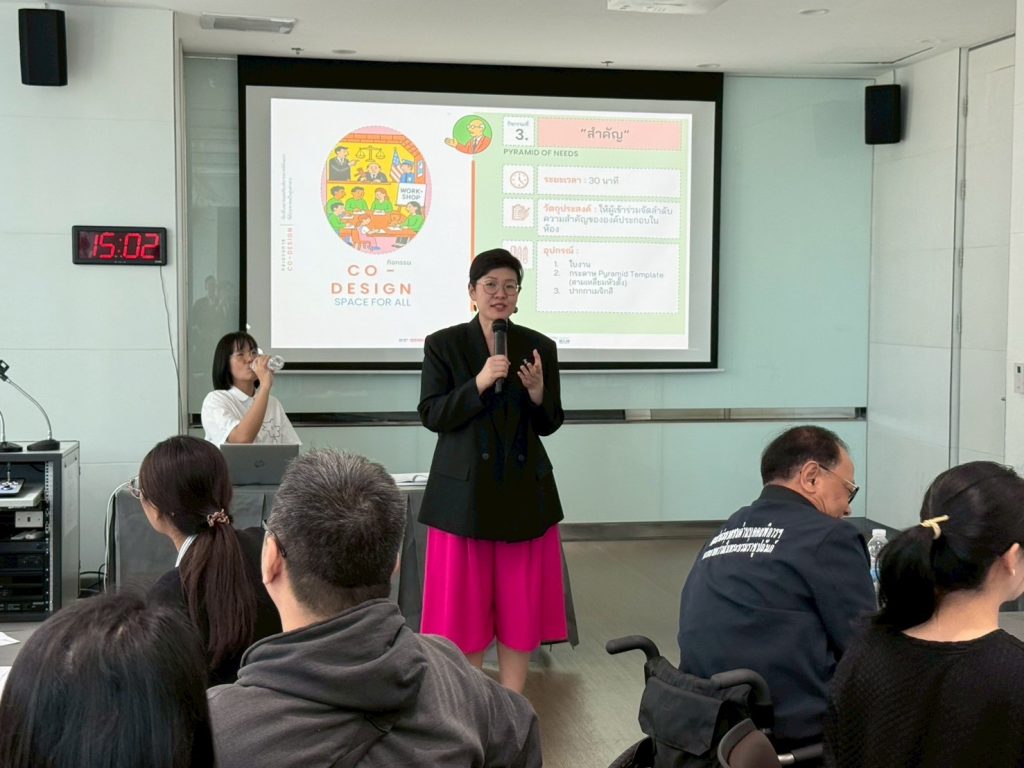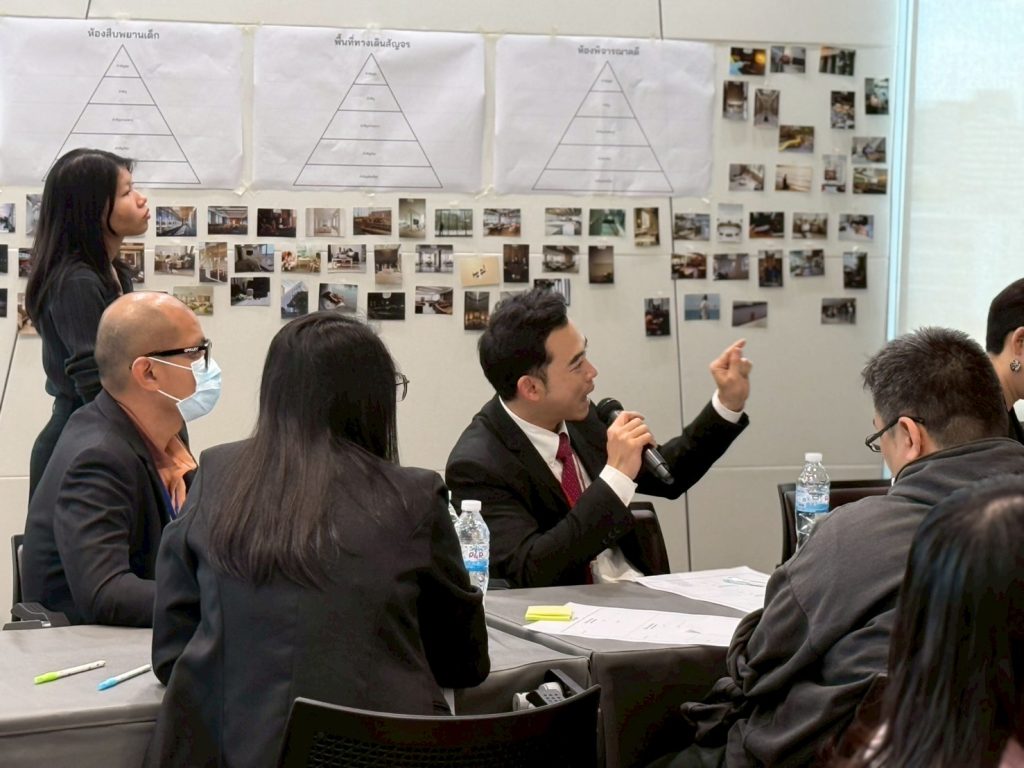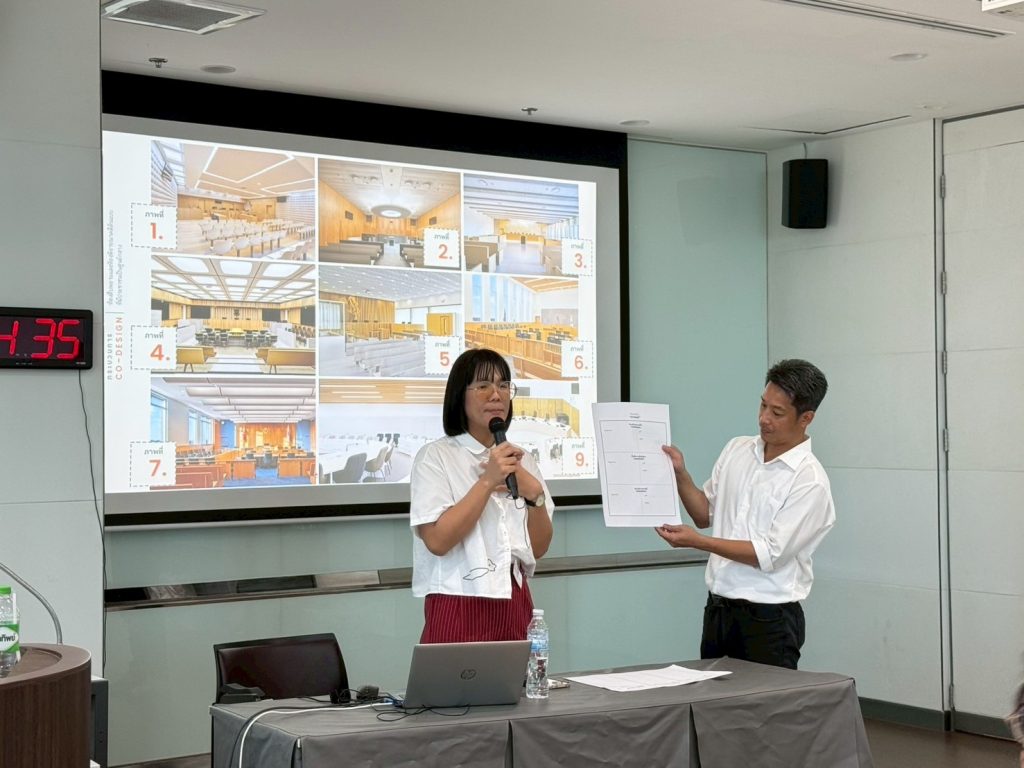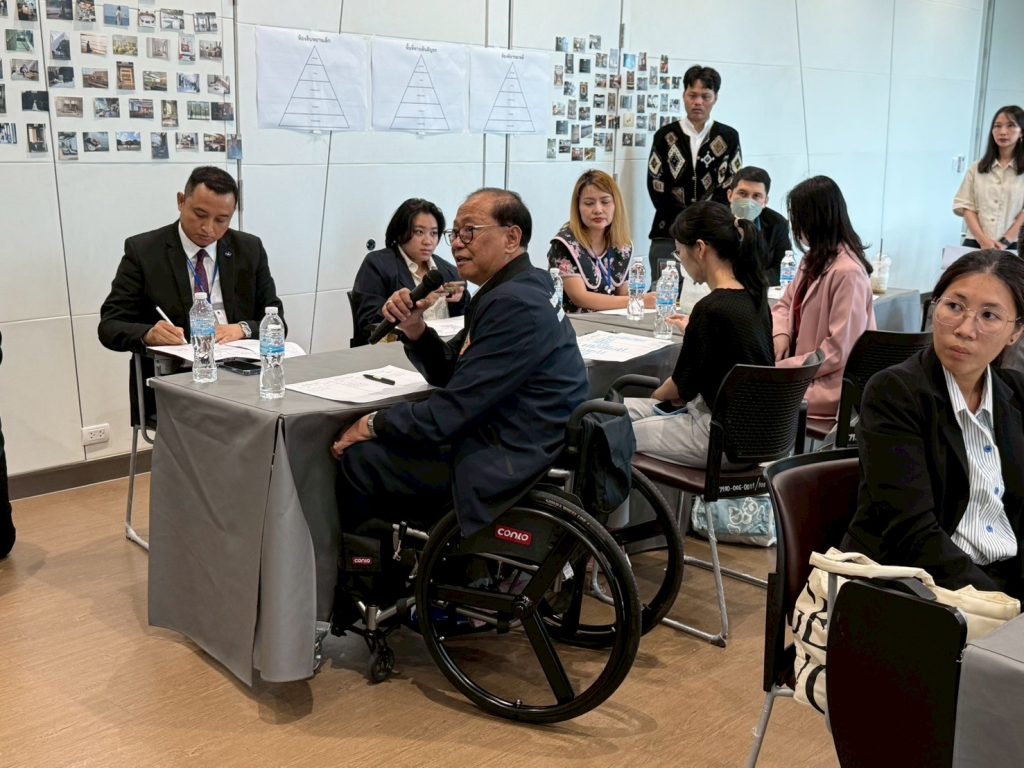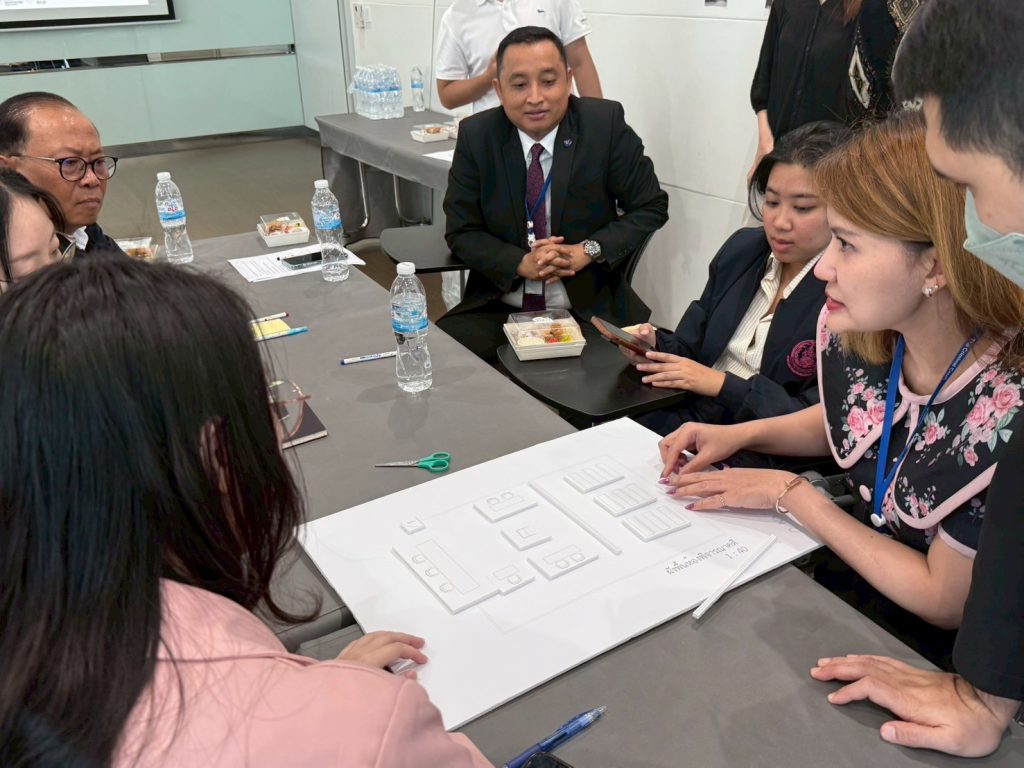As ASEAN continues to confront the complex realities of transnational organised crime, Thailand is quietly advancing a reform that could reshape how justice is delivered to survivors of human trafficking and other vulnerable groups.
Through a pioneering initiative – the Blueprint for People-Centric Courts – Thailand’s judiciary is reimagining courtroom design to prioritise victim dignity, safety, and accessibility – an approach that may offer a replicable model for the region.
Supported by the Australian Government through the ASEAN-Australia Counter Trafficking program, the Blueprint reflects a growing recognition that the environment in which justice is pursued plays a significant role in justice outcomes.
For survivors of trafficking and exploitation, the courtroom and surrounding spaces (hallways and witness rooms) can be sites of retraumatisation and intimidation – where confronting abusers and navigating complex legal processes often deters participation and undermines prosecutions against traffickers.
Thailand’s Office of the Judiciary is leading efforts to address these challenges by integrating trauma-informed and universal design principles into court infrastructure.
The Blueprint includes progressive features such as separate waiting areas for victim/witnesses and defendants, child-friendly zones, and accessibility enhancements – all aimed at reducing stress and fostering psychological safety for all parties. Technology will also play a role, with remote testimony and digital case management helping modernise proceedings while preserving a supportive atmosphere and the integrity of the judicial process.
Judge Varamon Ramangkura, from the Office of the President of the Supreme Court and participant of the program’s leadership course, who is spearheading the initiative, underscored the institutional shift underway:
“A courtroom must function not only as a venue for adjudication but as a space that upholds procedural fairness and psychological safety.
For victims of trafficking and exploitation, the physical and emotional environment of the court can significantly influence their ability to participate meaningfully in proceedings.
This Blueprint Project represents our institutional commitment to designing justice spaces that preserve dignity, reduces harm, and reinforces public trust in the judicial process.”
To support the court to realise Judge Ramangkura’s vision, the ASEAN-Australia Counter Trafficking program is partnering with Bangkok University’s Faculty of Architecture.
To understand the lived experiences of justice-seekers and the needs required in a court setting, the team conducted interviews with survivors and persons with disabilities. Co-design workshops with judges, prosecutors, court officials, police, lawyers, social workers and civil society organisations were also facilitated to create the Blueprint.
Lead consultant Dr Rittirong Chutapruttikorn explained how they developed a blueprint and 3D Model:
“We applied participatory design methods to map stakeholder needs and identify spatial stress points within existing court layouts. By reconfiguring zoning and circulation, we reduced high-tension interactions – such as victim-defendant proximity – while preserving procedural flow and judicial efficiency.”
Globally, similar reforms have shown promising results. Trauma-informed courtrooms in Canada have improved victim participation in sexual assault cases, while child-friendly courts in the Netherlands have helped reduce stress for young witnesses. Thailand’s Blueprint follows these precedents, but goes further by tailoring court buildings to the specific needs of local communities through consultations with relevant stakeholders. This initiative builds on a dialogue between Thailand and Australia on people-centred court design.
For now, the plan is to pilot it at first-instance courts* in Bangkok. Recommendations from the team of experts will offer both minimal-cost options and an ‘ideal’ version which showcases what’s possible with full resources.
As ASEAN Member States seek to strengthen legal responses to trafficking, Thailand’s initiative offers a tangible example of how architectural reform can reinforce legal protections and public trust. If adopted more widely, it could help ASEAN move towards more practical and scalable solutions to advance victim-centered justice.
Through thoughtful design and international collaboration, Thailand is building a justice system that works for everyone, especially those who need it most.
More about the Blueprint Project journey in this video explainer:
Judge Varamon Ramangkura is a participant of the first cohort of the Counter Trafficking in Persons Leadership Excellence in ASEAN Program (CTIP LEAP), run by the Australian Government funded ASEAN-Australia Counter Trafficking program.
* A first instance court is a judicial body that hears a case for the first time. It is responsible for examining the facts, evidence, and legal arguments presented by both parties and issuing an initial ruling based on the merits of the case.
